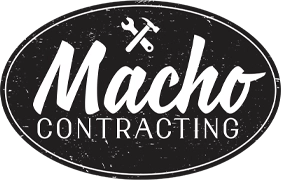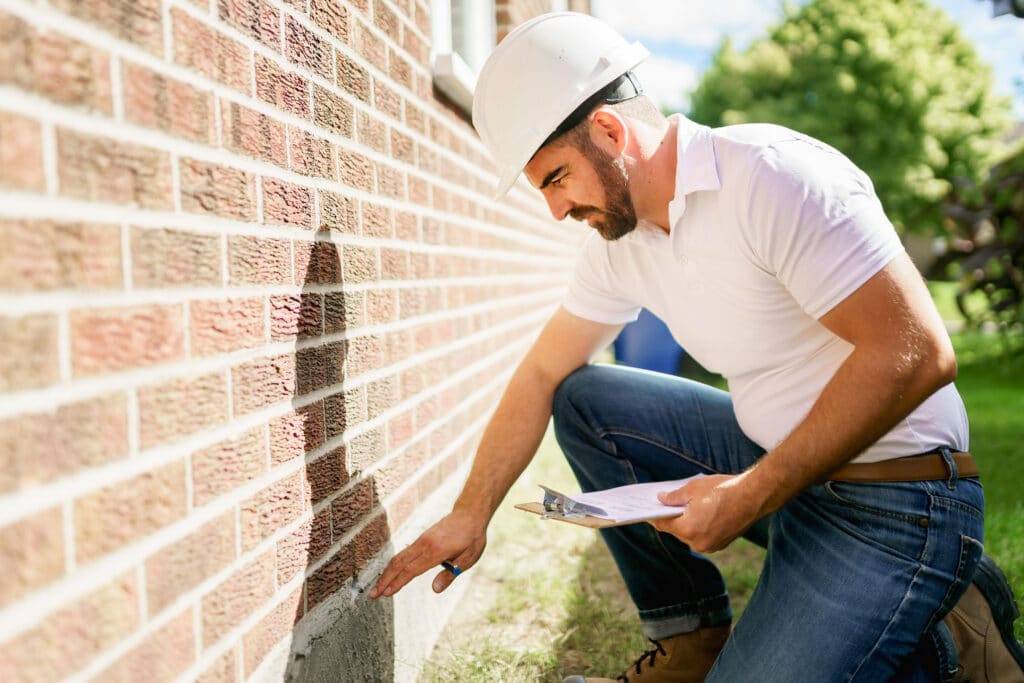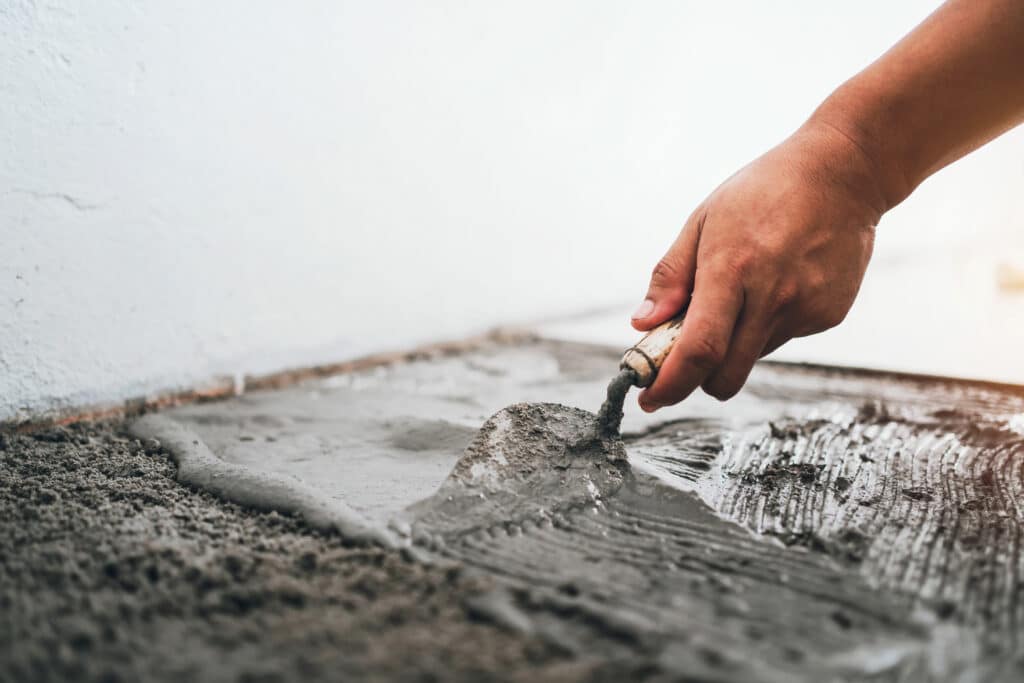Common Causes of Foundation Problems in Phoenix
A home in Phoenix might experience foundation issues for various reasons. Some are specific to the local environment, while others are widespread nationwide. They include:
- Aging plumbing: While many Phoenix homes are fairly new, some still use cast-iron plumbing. When the pipes start eroding, leaking water could reach your foundation and even pool beneath it.
- Standing water: Standing water around your home can harm your foundation, especially when it collects in areas your gutters don't reach.
- Improper modifications: Roofing or landscaping work that wasn't done properly could result in your foundation settling.
- Tree Roots: Tree roots can enter a home's foundation through cracks, and may exert pressure that results in your foundation breaking, pipes being damaged, and overall structural destabilization.
How to Choose the Best Foundation Repair Company
To choose a foundation repair contractor, you should determine what's most important to you. Use this guide to help you navigate the process.
Licensing and Experience
The Arizona Registrar of Contractors licenses residential contractors separately from commercial ones. Ensure your foundation company has a residential general contractor or concrete specialty license. Some larger companies might hold "dual" licenses, meaning they can perform both home and business jobs. To further understand your contractor's experience, we recommend asking questions about how the company inspects foundations, what local codes apply to your project, and how its team will draft plans and pull permits.
One of the simplest ways to assess a company's reputation is to explore its website. Look for the company's years in business and the accreditations its team holds. Many top companies provide educational content for prospective customers.
Customer Reviews
We suggest checking the company's Better Business Bureau (BBB) profile to see whether it's accredited and has a positive customer review score. You can see whether other homeowners have expressed satisfaction or filed complaints. Pay special attention to what customers say about company warranties. Negative feedback doesn't mean a contractor is unreliable. BBB reviews show how the company dealt with complaints. It's a positive sign if the company has fixed issues appropriately and proactively. You should avoid a company with numerous negative reviews, no accreditation, and no communication regarding issues.
Foundation Repair Cost in Phoenix
The cost of foundation repair can differ significantly depending on the severity of the issues and what needs to be done to resolve them. For minor foundation fractures and settling issues, you may pay as little as $1,900. However, if there is more significant damage, the average cost will likely fall around $3,100. More complex jobs involving digging, helical piers, or major mudjacking could cost $6,900 or more. This table shows the average foundation repair costs for common issues.
| Common Foundation Repair Services | Average Cost |
|---|---|
| Crack Repair | $367 |
| Leak Repair | $2,977 |
| Stabilization | $5,177 |
| Underpinning | $1,406 |
| Waterproofing | $3,291 |
Ready to Get a Quote on Your Foundation Repair Project?
Please enter a valid 5-digit zip code!
Frequently Asked Questions About Foundation Repair in Phoenix
What will I pay to repair my foundation in Phoenix?
Can a foundation always be fixed?
Are there any warranties or guarantees provided with Phoenix foundation repair services?
Are there telltale signs I should avoid a particular foundation company?
To share feedback or ask a question about this article, send a note to our Reviews Team at reviewsteam@thisoldhousereviews.com.
More Foundation Resources
National Foundation Repair Ranking Methodology
Sources
U.S. Census Bureau (American Communities Survey)
















